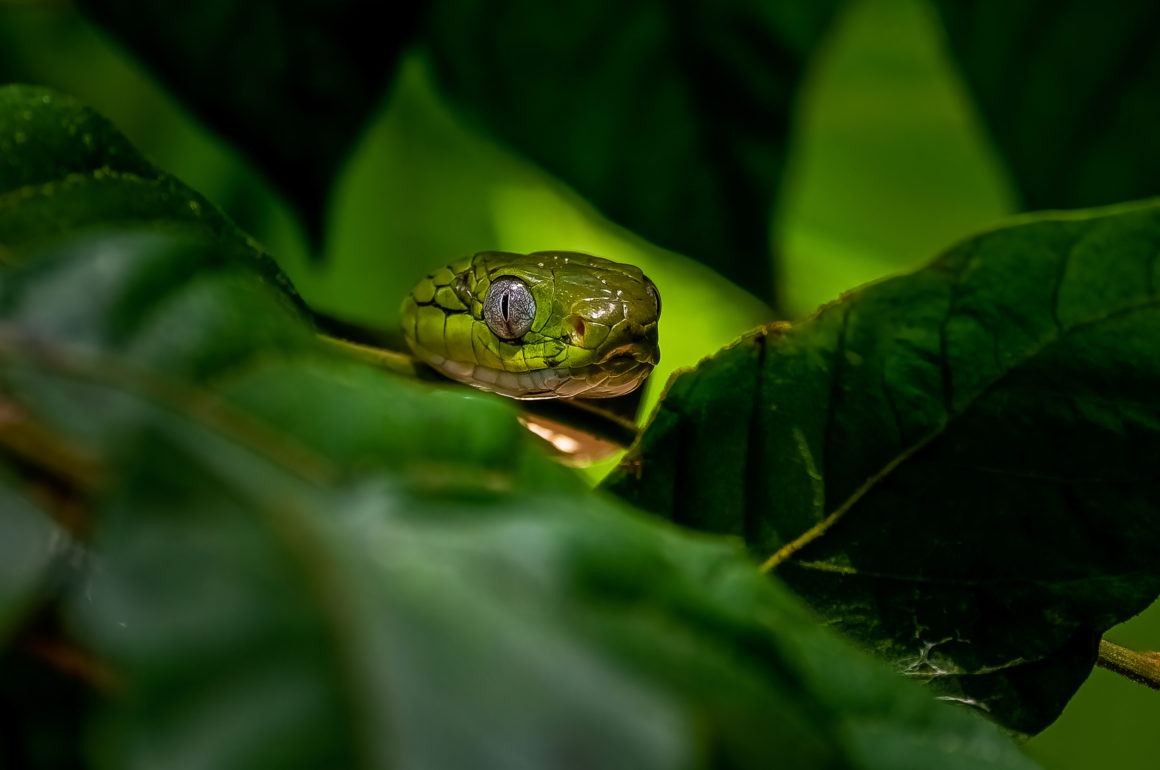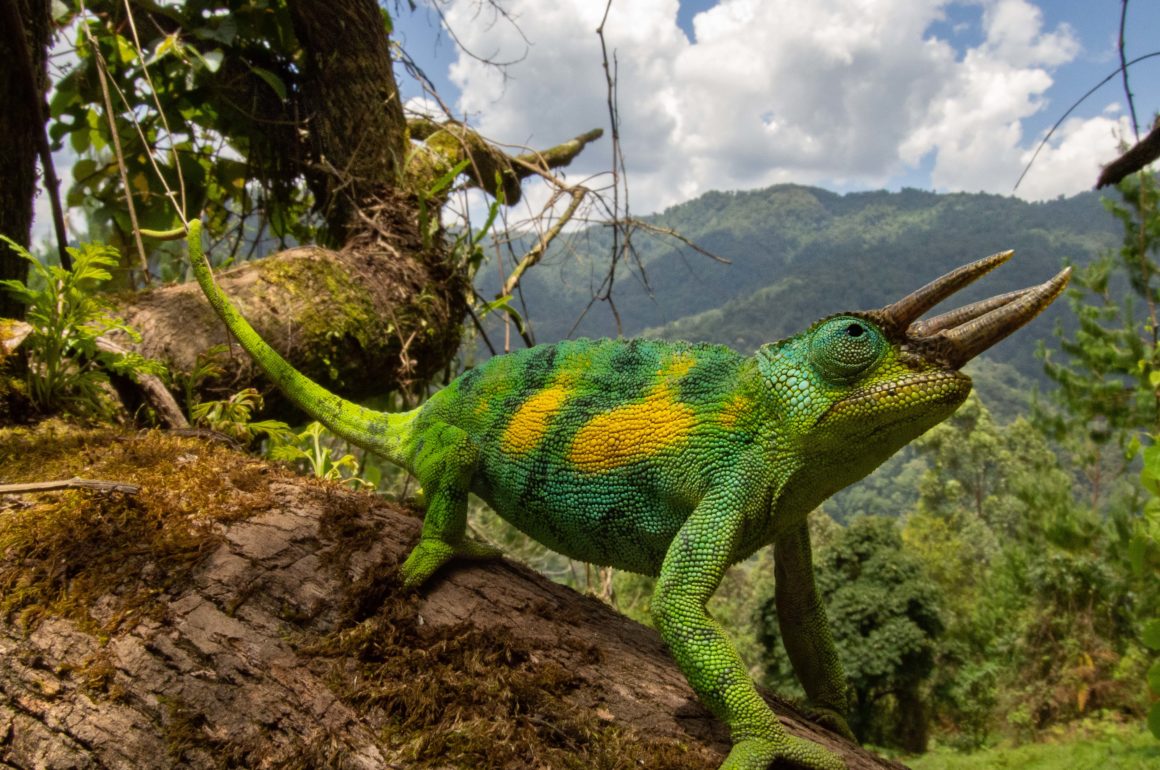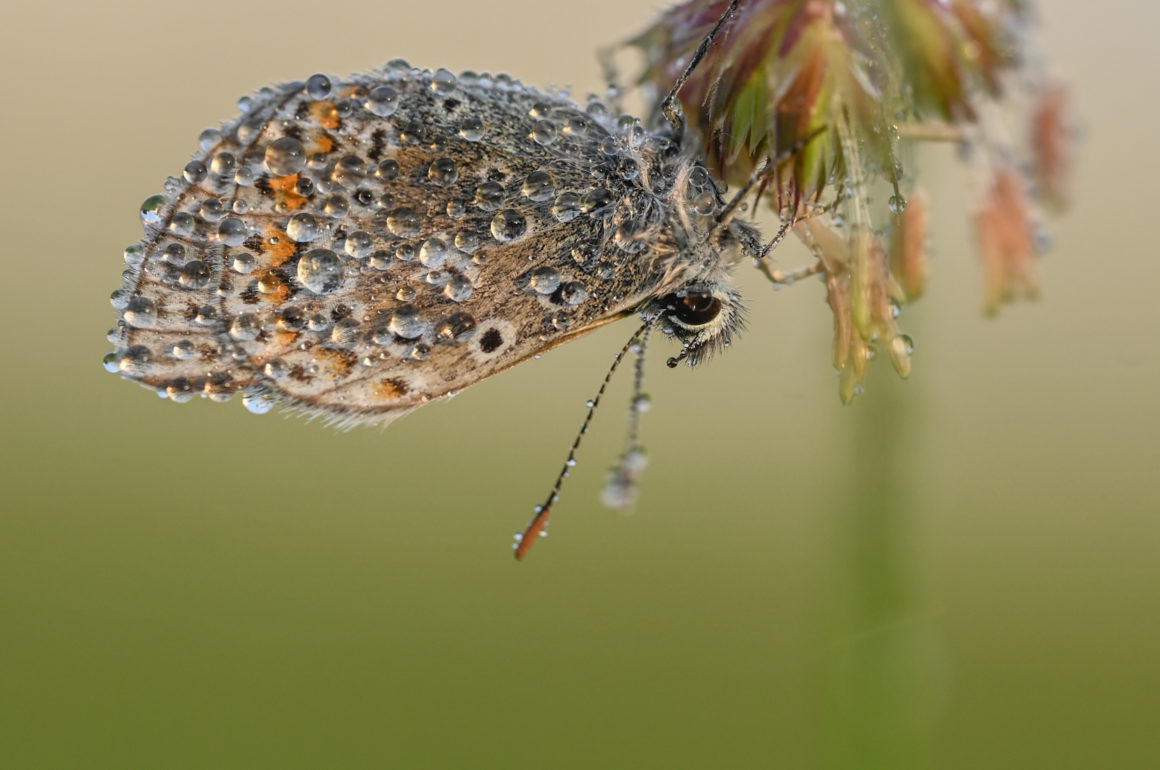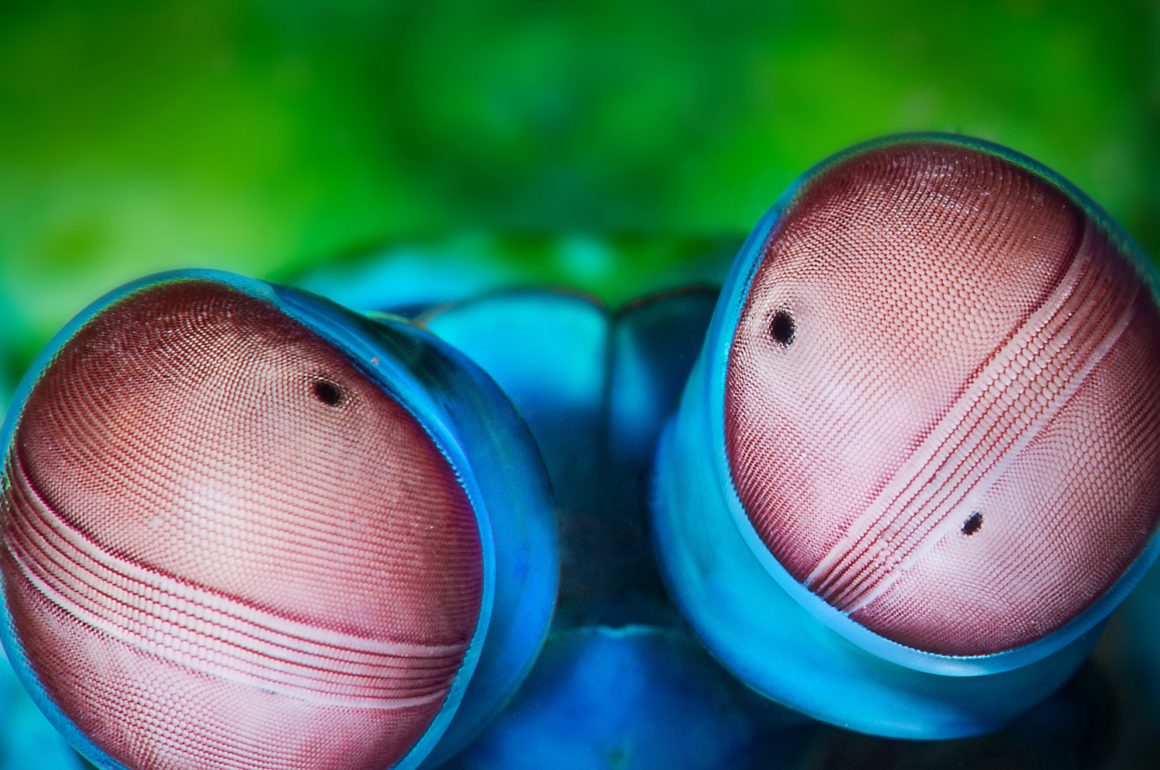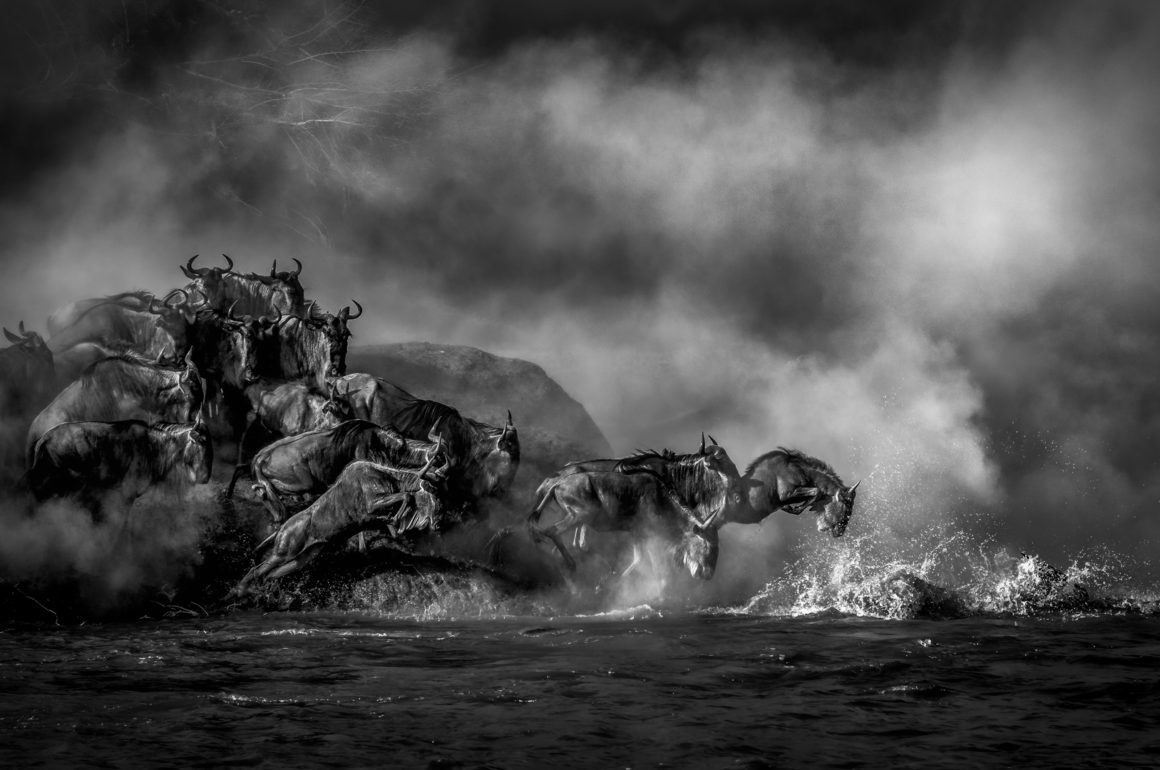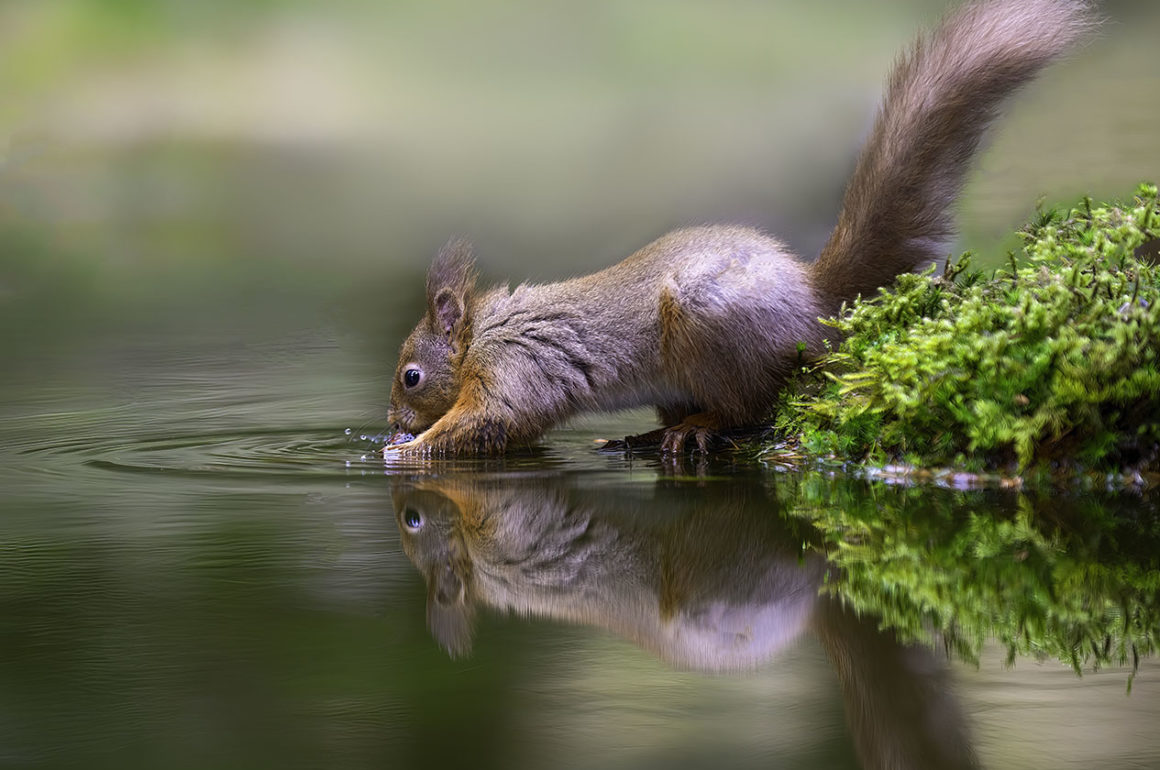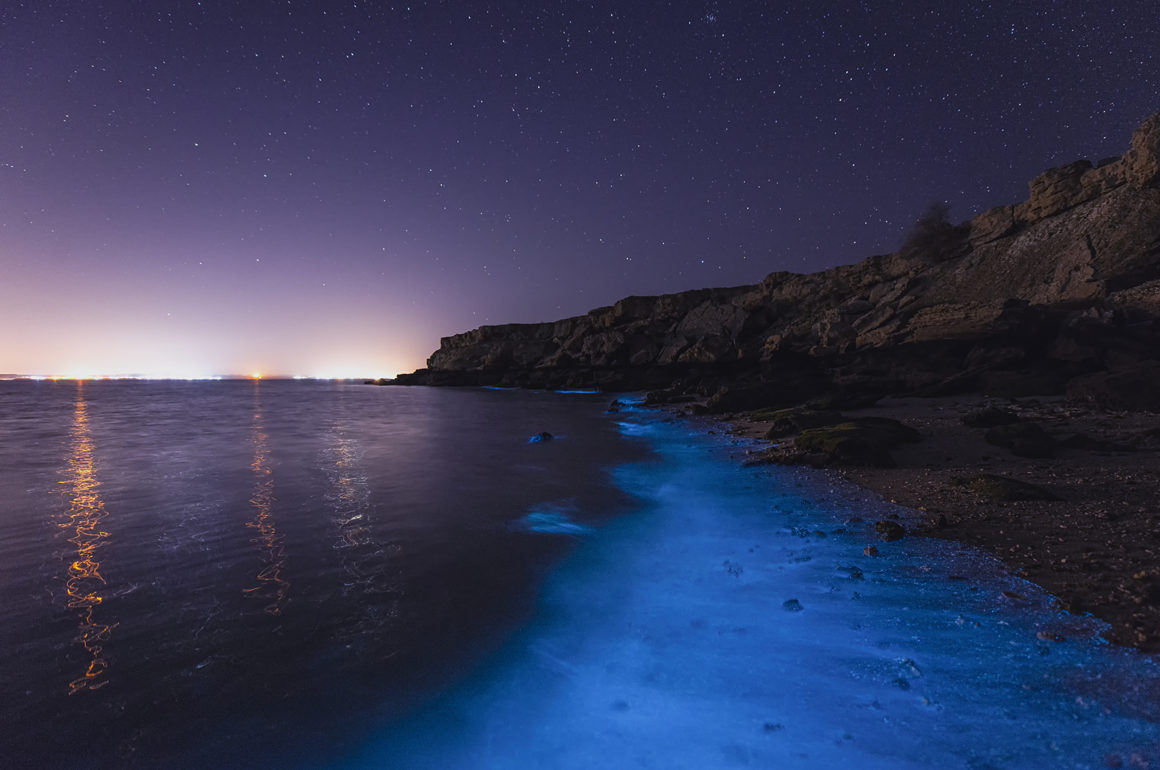Focus for Survival Finalists 2022

Thank you to everyone who entered Focus for Survival. The theme was simply the ‘natural world’.
This year we received many memorable wildlife images, taken all around the world (in more than 50 different countries). Our selection panel, led by Nori Jemil and James Lowen, had the challenge of narrowing down hundreds of submissions to just 12 finalists.
These fantastic 12 images will feature in a fundraising calendar supporting our Project Fund.
From phytoplankton in Iran to dainty dewdrops in Dorset, England, we hope you enjoy this year’s collection.
Many congratulations to all the photographers. Please click on the images below to view:
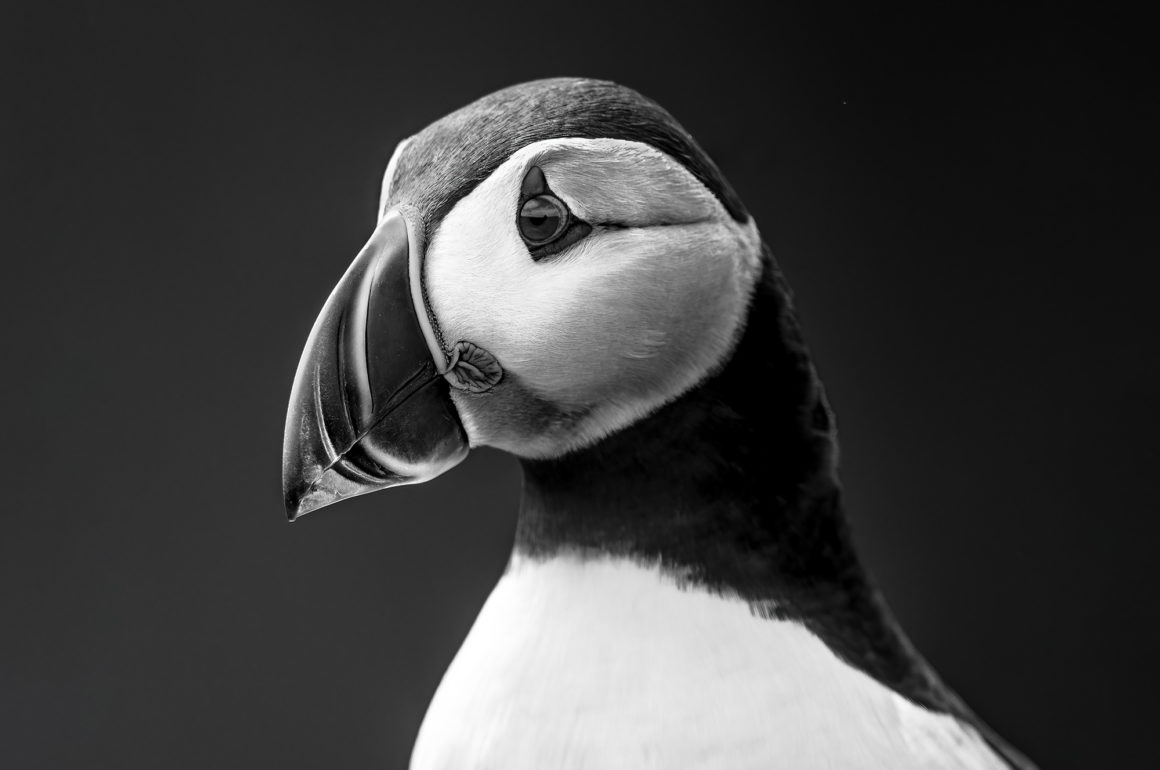
Antonio Coelho 
Nafis Ameen 
Reflections, Reunion Island by Cedric Peneau
Nikon D7200 - Tokina 10-17 fisheye lens- Nauticam housing.
"Humpback Whales come to Reunion Island 's shores to breed and mate during the Austral Winter. Long endangered because of hunting, their population is now slowly recovering. Whales play a vital role in the marine ecosystem where they help provide at least half of the oxygen we breathe, combat climate change, and sustain fish stock by providing nutrients to phytoplankton."

Spring Clean, Satchari National Park, Bangladesh by S. Sajib Kumar Singha
Nikon D7100 with Sigma 150-600mm. f/6.3,1/400 ISO-500
" The Greater Yellownape is a large, olive green woodpecker in the Picidae family. It has a very wide range across the tropical and sub-tropical forests of Asia. It has a prominent yellow-crested nape and throat. Usually I go to Satchari National Park to take pictures - it is one of my favourite places. I spent a lot of time in this place as a child. The dense forest is very green all around. It was very sunny that day. I thought birds and wild animals would come to the pond to drink water, but suddenly I noticed the woodpecker was clearing a hole in the tree to make its home. I liked the moment so I captured it."

Three-horned Chameleon (Trioceros johnstoni), Bwindi Impenetrable Forest, Uganda by Patrick Mueller
E-M5 OLYMPUS M.14-42mm F3.5-5.6 II R ISO 2000
"With this picture I want to show that species protection is a very important topic and that every living being has a place on our planet, including this chameleon species. I chose a wide-angle shot for this image because I wanted to show as much of this species' habitat as possible. I use this image to sharpen the universal power of the image I've captured."

Dewdrops (Common Blue - Polyommatus Icarus), Weymouth in Dorset, England by Verity Hill
Nikon Z7ii - Nikkor Z MC 105mm ISO 200 | 1/100 | f5. 6
"I have choosen to submit this image to help promote the importance of our green spaces, fields, meadows, verges and gardens for our pollinators like our beautiful butterflies. I feel more grass and wildflowers should be left to help them. Pollinators play an incredibly important role in our natural world. This image shows the beauty of a common blue hanging in the grass like a jewel at dawn roost covered in dew drops in an area which will soon be mowed."
Bionic Eyes, Reunion Island by Cedric Peneau
Nikon D7200 - 85mm macro lens - inon z240 strobes - Nauticam housing
"Peacock mantis shrimp eyes perch on the end of stalks. The compound eyes rotate independently in all directions, like ball bearings in greasy sockets. Mantis shrimps have three “pseudo-pupils†stacked one on top of the other. Each eye has independent depth perception. The crustaceans can see beyond humans on both ends of the light spectrum, peering into ultraviolet and infrared wavelengths. Mammals have three types of photoreceptor cells, whereas mantis shrimps use a dozen. "
The Crossing, Northern Serengeti, Tanzania by Artur Stankiewicz
Nikon D5 + Nikkor 180-400 mm f4 TC1.4
"Famous crossing of the Mara river by wildebeest during the Great Migration from the Serengeti to the Maasai Mara in Kenya. Often hundreds of vehicles line up to see the spectacle. In 2020, while devoid of visitors, the ecosystem was suffering from massive natural but also man-induced savannah fires. These tremendously affect migration timings and routes. "
Red Squirrel (Sciurus vulgaris), Yorkshire Dales National Park, England by David Ellis
AF-S Nikkor 70/200 1:2.8G lens on Nikon D610 body. f2.8, 135.0mm, 1. 1000 and ISO1000
"The introduction of the grey squirrel from North America saw the numbers of the smaller red squirrel plummet. However over the years various projects have been developed to ensure the survival of this small animal. It has been a desire of mine to photograph the red squirrel and the neareset place I could find was some 300 plus miles away but I couldn't resist the opportunity. I chose to enter this image as it is different to the normal pose associated with squirrels as it shows the squirrel determined to retrieve a hazelnut from the pond."

Wake Up Dad, Etosha National Park, Namibia by Graham Love
f9, 1/1000sec, ISO 800. Nikon D4S. Nikkor 300mm with converter to 420mm.
"Out in the arid salt pan of Etosha, I came across a small family of lions. Mother with three cubs sleeping under some sparse vegetation, the father doing likewise 20 yards away. As I watched, a cub woke up, stretched, then wandered over to his dad. A pat on the head with a big paw woke up dad who yawned and licked the cub. Then both went back to sleep. According to reports, lions are vanishing at an alarming rate and could be completely extinct by 2050. The illegal wildlife trade, trophy hunters, climate change and disease are among the threats. Good news? Some populations are slowly bouncing back. So a big pat on the head for all programmes trying to save them. Let's hope we and our children can continue to see loving family scenes like this."
White Rhinos of Hluhluwe-Imfolozi, South Africa by Ajeet Panesar
Sony A7R Lens: Sigma150-600
"Hluhluwe-Imfolozi Park is home to the the world's largest population of Southern white rhino and its rhino conservation efforts are well-known around the world. Despite rises in poaching in this park they continue to do great work in preserving beautiful rhinos such as the two featured in this image. This park was key in bringing the southern white rhino back from the brink of extnction - Africa's 300,000 strong white rhino poulation had been reduced to fewer than 100 by the 1960s . Today, thanks to conservation efforts there are around 20,000 southern white rhino. "
Phytoplankton on Hengam Island, Iran by Vida Honarvar
Nikon D800,Lens 14-24 Nikon F:2.8 focal 14mm/Iso:2500/shutter speed:8 "
"I was curious to photograph phytoplankton. In recent years phytoplankton is becoming hard to see on the sea shores because they are being threatened by some universal ecological changes. I am aware of the prominent role of this species in our life - Phytoplankton are responsible for over 50% of all the oxygen in our atmosphere. The phytoplankton community is the key part of ocean and freshwater ecosystems. They form the base of marine and freshwater food webs and are the key players in the global carbon cycle. Researchers at Canada's Dalhousie University say the global population of phytoplankton has fallen about 40% since 1950.The scientists believe that rising sea surface temperatures, along with other factors related to climate change, are to blame."
**2023 calendar is now on sale in support of our Project Fund. It is available to buy both online and at our autumn exhibitions. Order yours with free UK shipping below.**
Buy Calendar Now>>>
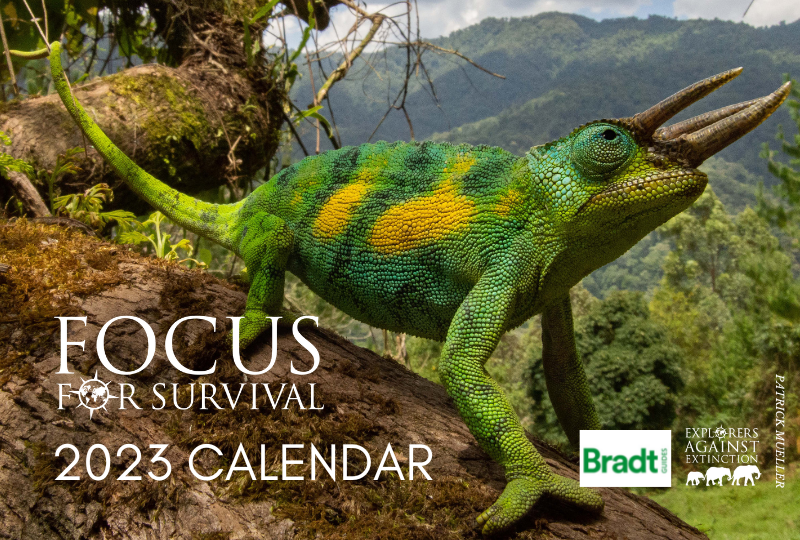

**All the images above will be eligible for the Bradt Guides’ Focus for Survival Peoples’ Choice Award. The image with the most votes will win. Strictly one vote per person. If you vote more then once all your votes will be discounted. Vote here>>>>**


